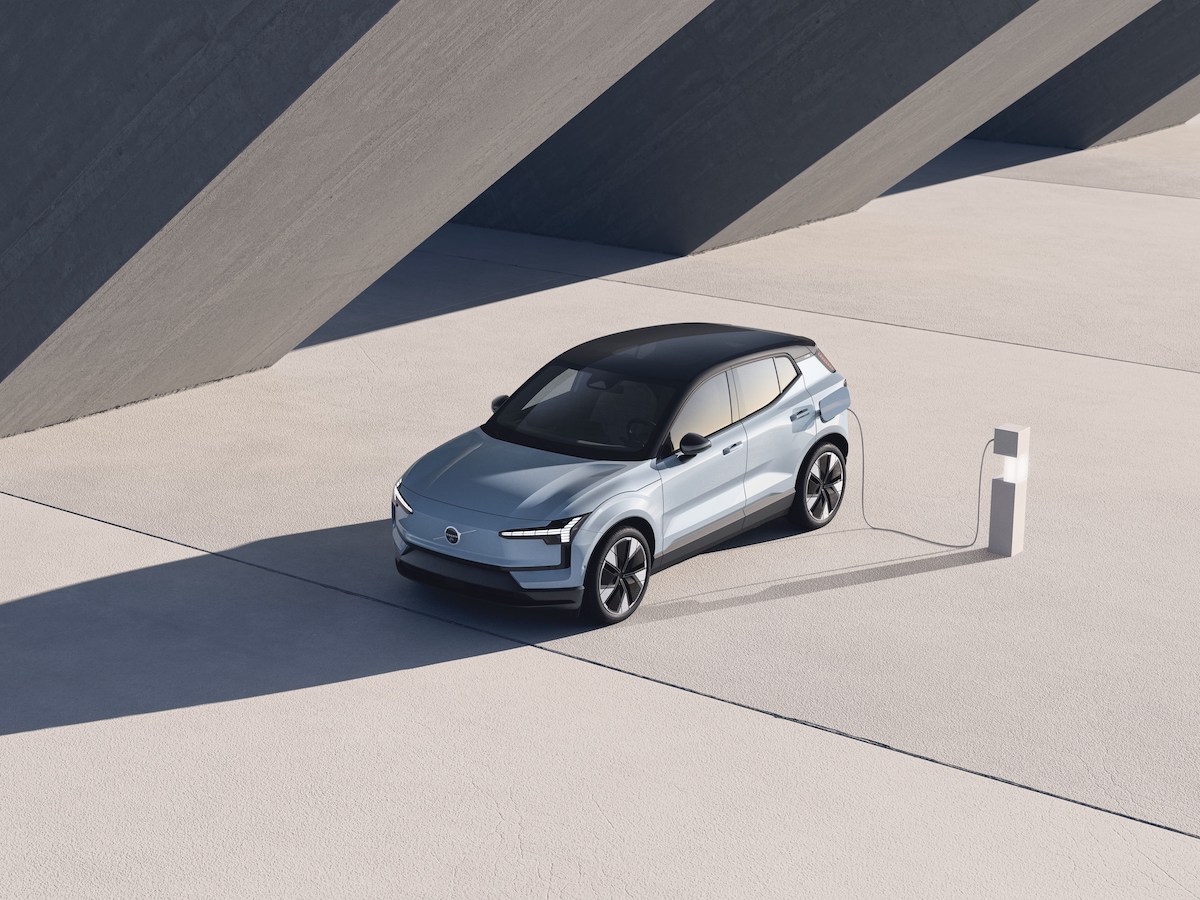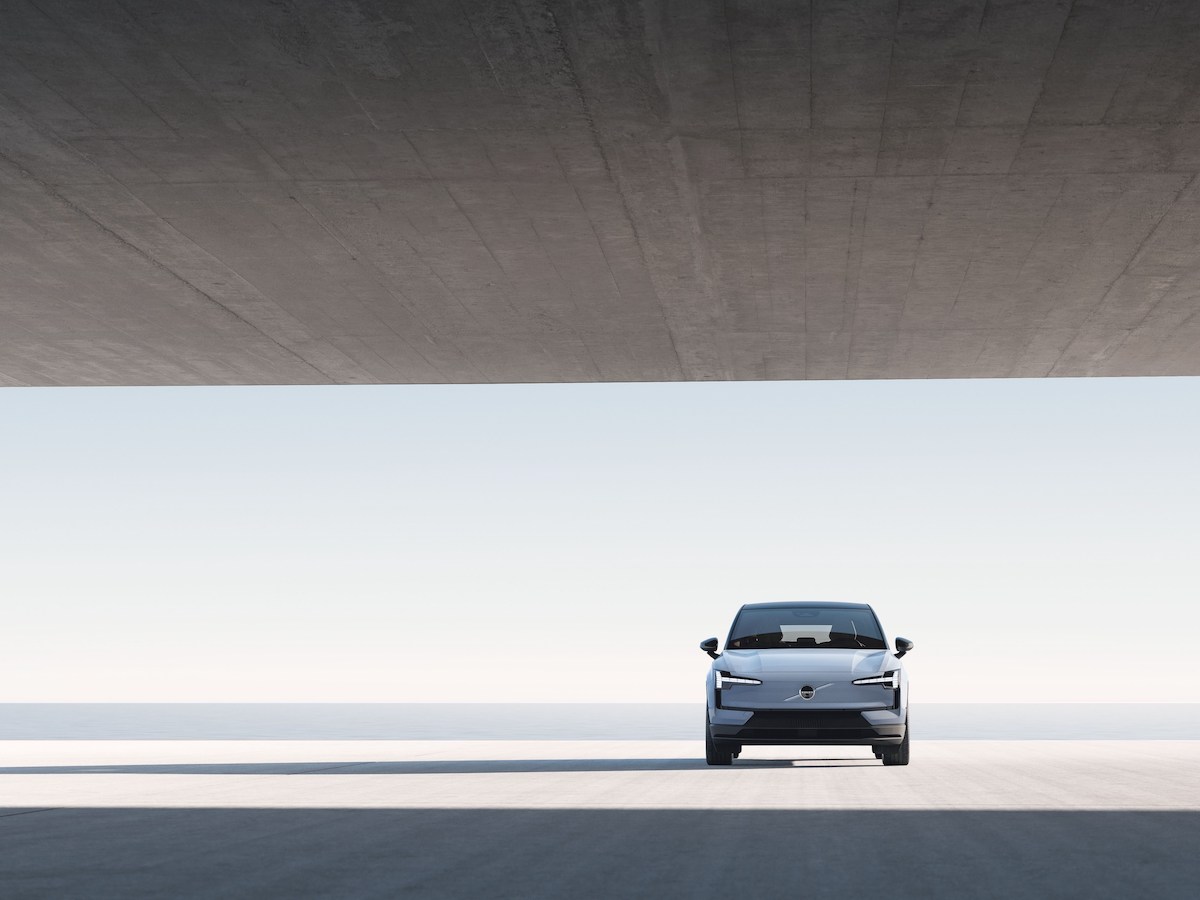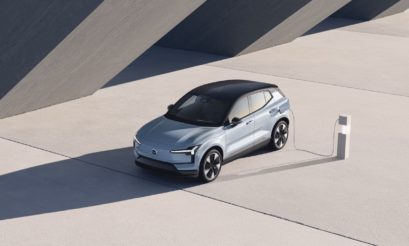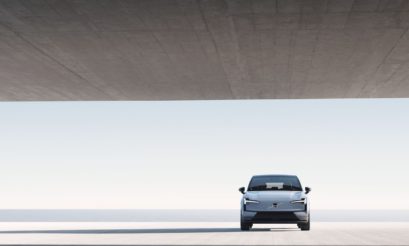The Volvo EX30 emerges as the model with the lowest environmental impact in Volvo’s lineup of fully electric vehicles, as revealed by its life cycle assessment (LCA), accessible here. This assessment shows the EX30 emits 23 tons of CO2 over a distance of 200,000 km, marking a reduction of around 60% compared to the XC40 ICE (petrol).
This report on the carbon footprint highlights the major materials and processes contributing to the vehicle’s emissions, focusing solely on greenhouse gas (GHG) emissions throughout its lifecycle—from raw material extraction and refinement to its disposal. Charging the EX30 with wind-generated electricity significantly lowers its carbon footprint—by about 42% and 22% compared to global or European electricity averages, respectively. This emphasizes the critical need for global investment in renewable energy to unlock the full climate benefits of electric vehicles.
Related: Driving impression: Volvo C40 Recharge Twin Motor
Jonas Otterheim, Volvo Cars’ head of climate action, stresses the importance of moving to electric vehicles to combat climate change. He emphasizes the need for greater transparency regarding their emissions. Through a detailed analysis of the EX30’s carbon footprint, Volvo aims to shed light on the key materials and processes involved, offering insights to support more sustainable choices within the company and the industry at large.
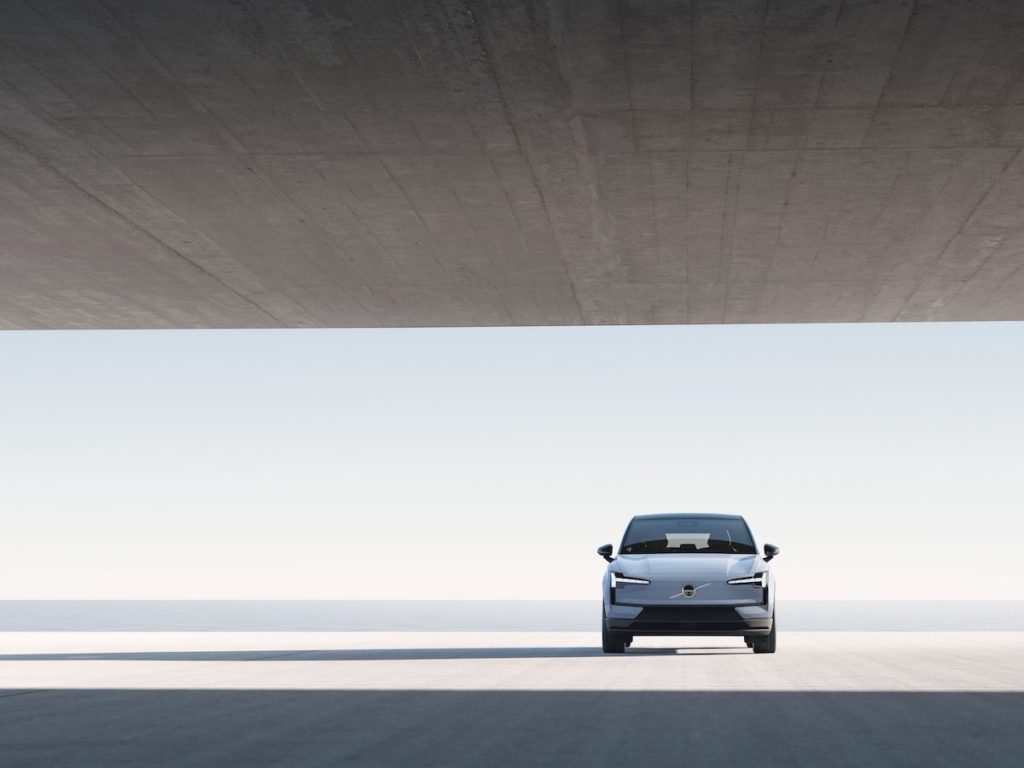
Volvo has completed extensive LCAs on the carbon footprints of three electric models launched since 2019: the EX40, EC40, and now the EX30, sharing these findings publicly to assist consumers in making informed choices about their next electric vehicle. The Volvo EX30 marks a significant leap towards the company’s objectives of becoming a fully electric car manufacturer by 2030 and achieving net-zero greenhouse gas emissions by 2040.
The model boasts the highest percentage of recycled materials among Volvo vehicles to date, with about a quarter of its aluminium and nearly a fifth of its steel recycled. Furthermore, approximately 17% of all its plastics, from interior features to exterior bumpers, are made from recycled materials.
What’s it like to drive The Beast? Volvo’s unique XC60 reviewed
Efforts across our supply chain and manufacturing have resulted in the EX30, equipped with an LFP battery, having a “cradle-to-gate” impact estimated at 14.8 tons—constituting over 60% of the car’s overall carbon footprint. This figure accounts for emissions from material production and the car’s manufacture, excluding the use and disposal stages. Volvo plans to further diminish the CO2 impact of the EX30 by working with suppliers throughout our value chain. By 2025, for example, our battery suppliers aim to cut emissions from the manufacturing of the LFP battery by 20% and the NMC battery by 46%. To achieve this, suppliers are looking to switch to renewable energy sources during cell production, increase the recycled content in their materials, and lower emissions across their supply chains.
- The production of the EX30 commenced in November 2023, with the first units reaching European customers towards the end of the year.
- This statement regarding the lowest carbon footprint pertains to all globally available electric Volvo cars over a driving distance of 200,000 kilometres, assuming the same energy mix during the usage phase.
- This comparison is based on a Single Motor model equipped with an LFP battery (51 kWh), assuming 15 years and 200,000 kilometres of driving, with an EU28 average energy mix.
- These comparisons are based on a Single Motor model equipped with an LFP battery (51 kWh), assuming 15 years and 200,000 kilometres of driving, with an EU28 average energy mix.
- This estimation is based on a Single Motor model equipped with an LFP battery (51 kWh), assuming 15 years and 200,000 kilometres of driving, with an EU28 average energy mix.
